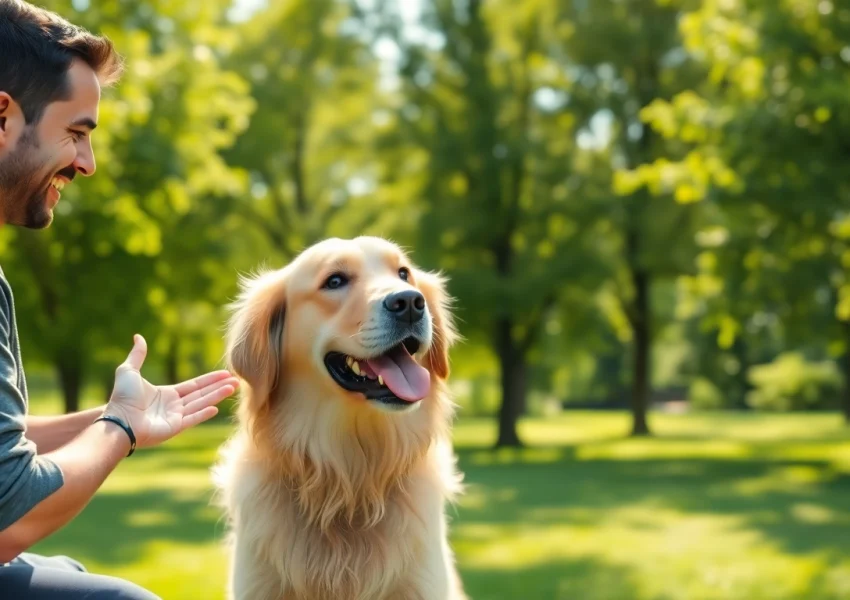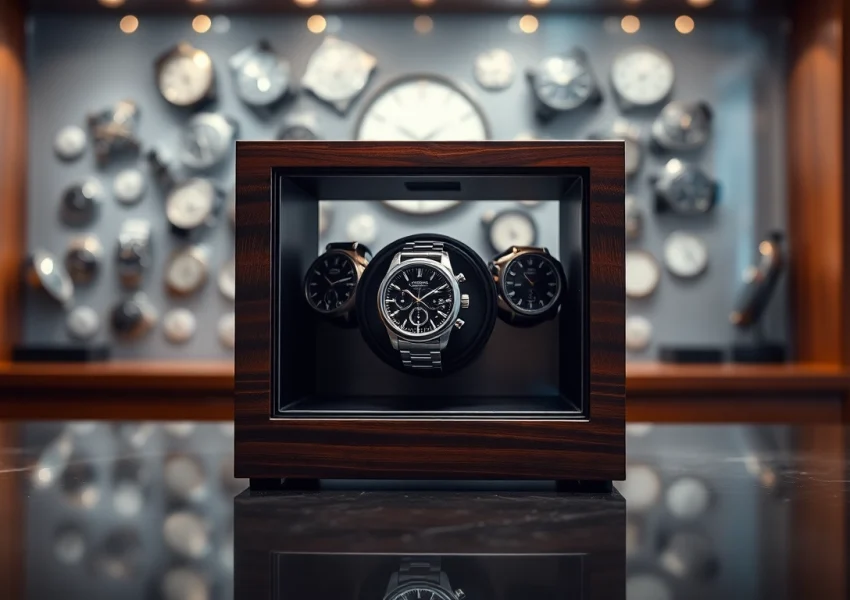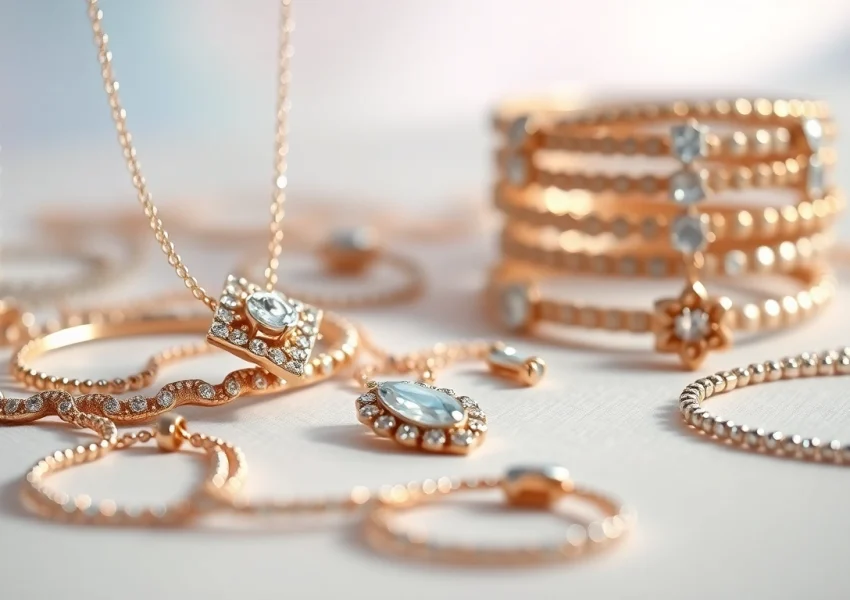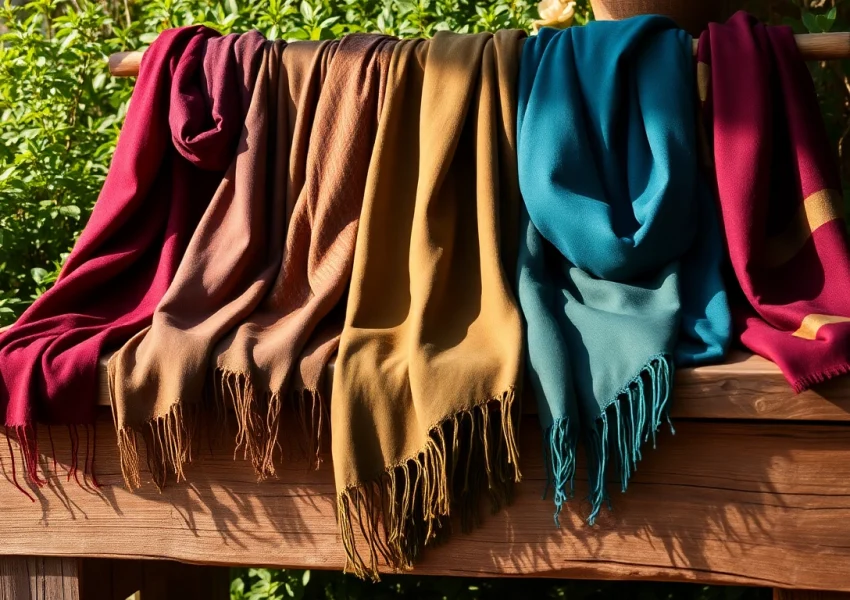Understanding Puppy Nail Care
Regular nail trimming is an essential part of responsible pet ownership that contributes to your puppy’s overall health and well-being. Neglected nails can lead to a variety of health issues, including painful walking and even injuries. Thus, investing in a good puppy nail trimmer can be crucial in maintaining your puppy’s nail hygiene. Understanding the significance of regular nail care and learning the methods for effective trimming will go a long way in ensuring your puppy’s health and happiness.
Importance of Regular Nail Trimming
Regular nail trimming is not merely a grooming task but an essential aspect of your puppy’s overall health. Long nails can cause a variety of issues, including:
- Painful Walking: Overgrown nails can curl into the paw pads, creating discomfort and pain while walking.
- Injuries: Long nails are prone to snagging on surfaces, increasing the risk of breaks and injuries.
- Alignment Issues: They can affect your puppy’s posture and gait, potentially leading to musculoskeletal issues.
- Behavioral Problems: Discomfort from long nails can result in anxiety and reluctance to engage in regular activities.
By prioritizing regular nail trims, you’re not just maintaining your puppy’s appearance but also ensuring their comfort and health.
Signs Your Puppy Needs a Trim
Recognizing when your puppy requires a nail trim is vital for their well-being. Look for the following signs:
- Clicking Sounds: If you hear your puppy’s nails clicking on the floor as they walk, it’s time for a trim.
- Paw Positioning: If your puppy’s paws seem to splay or shift awkwardly, their nails might be too long.
- Visible Length: If you can visibly see the nails curling or extending past the toe pads, a trim is overdue.
- Discomfort: If your puppy shows signs of discomfort or reluctance during walks, assess their nails.
Regular check-ins on your puppy’s nails can prevent these issues from escalating.
Choosing the Right Tools for Puppy Nail Grooming
Selecting the proper tools for nail trimming is vital for a safe and effective grooming experience. Here are some options:
- Clippers: Choose from various designs such as scissor-style, guillotine-style, and electric grinders.
- Grinders: Electric nail grinders are excellent for gradually smoothing down nails and reducing the risk of overcutting.
- Styptic Powder: This is a handy item to have on hand to stop bleeding in case you accidentally cut too close to the quick.
Your choice will depend on your puppy’s size, nail type, and your comfort level with each tool. Remember to familiarize your puppy with the tools before trimming to lessen their anxiety.
What to Look for in a Puppy Nail Trimmer
Types of Puppy Nail Trimmers Explained
With various types of puppy nail trimmers available, understanding their mechanisms can help you make an informed choice. Here’s a quick overview:
- Scissor-style Clippers: Resembling a pair of scissors, these are ideal for larger breeds with thicker nails.
- Guillotine-style Clippers: Simple to use, these have a blade that comes down to cut through the nail. Ideal for medium-sized puppies.
- Electric Nail Grinders: These provide a safe and effective way to file down nails. They are especially advantageous for anxiety-prone puppies as they produce less noise than traditional clippers.
Safety Features to Consider
When choosing a nail trimmer, prioritize safety features to ensure a stress-free experience. Look for:
- Guard Rails: Some clippers include guard rails to prevent cutting nails too short.
- Non-slip Handles: Ensure that the trimming tool provides a secure grip to avoid accidents.
- Quick Sensor Alerts: Some electric grinders indicate when you’re close to the quick, helping you avoid painful accidents.
How to Select the Right Size
The right size of the trimmer is essential for effective grooming. Follow these guidelines:
- Small Puppies: Look for small guillotine or scissor-style clippers that can easily navigate tiny nails.
- Medium-Large Breeds: Opt for sturdier clippers capable of handling thicker nails.
- Consider Your Grip: Choose a size that fits comfortably in your hand, allowing for effective and steady control.
Step-by-Step Guide to Trimming Your Puppy’s Nails
Preparing Your Puppy for Grooming
Preparation is key to a successful trimming session. Follow these steps to ease your puppy into the process:
- Create a Safe Space: Set up a clean, calm environment free from distractions.
- Introduce Tools Gradually: Allow your puppy to sniff and explore the trimmer before use.
- Practice Handling: Get your puppy used to having their paws handled; gently lift and hold each paw for a few minutes.
Techniques for Using a Puppy Nail Trimmer
Once your puppy is comfortable, it’s time to start trimming:
- Positioning: Sit your puppy on a stable surface. A helper can assist in keeping your puppy calm.
- Identify the Quick: Look for the pink area in the nail (the quick) and trim just above it to avoid bleeding.
- Trim Gradually: If using clippers, trim small amounts at a time. If using a grinder, work slowly to avoid overheating the nail.
- Reward Frequent Stops: Take breaks to praise and reward your puppy, helping them associate trimming with positive experiences.
Post-Trimming Care and Praise
After successfully trimming your puppy’s nails, it’s important to manage the post-trimming period effectively:
- Handle with Care: Keep a gentle hold on your puppy as they may feel anxious after the process.
- Provide Praise: Offer treats and positive reinforcement to associate the grooming experience with good feelings.
- Check for Any Issues: Inspect the nails for bleeding or discomfort and apply styptic powder if necessary.
Common Mistakes to Avoid When Trimming Puppy Nails
Ignoring Signs of Discomfort
It’s easy to overlook signs of discomfort in puppies. If your puppy is fidgeting, whining, or trying to pull away, it’s crucial to stop and assess the situation. Consider taking breaks, giving them treats, or even trying another day if they are too anxious.
Using Dull Tools
Using dull clippers or grinders not only makes the job harder but also increases the risk of injuries. Always ensure your tools are sharp and in good condition before starting a grooming session. Regularly check your equipment, and replace them as needed to avoid complications.
Infrequent Trimming Schedules
Letting nails grow too long before a trim can lead to distressing situations for both you and your puppy. Establish a consistent grooming schedule based on your puppy’s growth rate. Usually, trims every 3 to 4 weeks are sufficient for most breeds, but monitor your puppy’s nail growth for any variations.
Enhancing Your Puppy’s Nail Trimming Experience
Creating a Calm Environment
The grooming environment can greatly influence your puppy’s experience. A calm, quiet area free from distractions can help reduce anxiety. Consider playing soft music or keeping the lights soft to contribute to a serene setting where they feel safe.
Using Treats and Rewards
Treats play a crucial role in positive reinforcement. Use high-value treats that your puppy loves to reward them during and after the trimming process. This will help them associate nail trimming with positive thoughts and experiences, making future grooming sessions easier.
Getting Professional Help When Needed
If your puppy consistently shows extreme anxiety or aggression during nail trims, it might be beneficial to seek help from a professional groomer or veterinarian. They can provide guidance, alternative methods, or even perform the trim in a more controlled environment. Always prioritize your puppy’s well-being and comfort.






